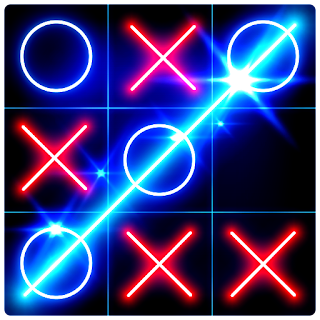Project Week 7: Prototype

Prototype Today I am starting the coding of my game. First, I looked around youtube for tutorials I have changed my idea multiple times but finally decided on an Obstacle game. Unity I made my prototype I made a player using this tutorial. This Youtuber taught m ]e how to make my characters move from left to right. and at a constant speed, I need this to dodge the obstacles I am going to make. I attempted to create lasers for the obstacle but realized it was too advanced for my skill set. I have been finding it difficult to work the navigations on unity. It truly is like a foreign language. I have set ideas though and will strive to achieve them. I am going to focus on the mechanics of my player for now. Through the trials and errors I have made my first prototype


